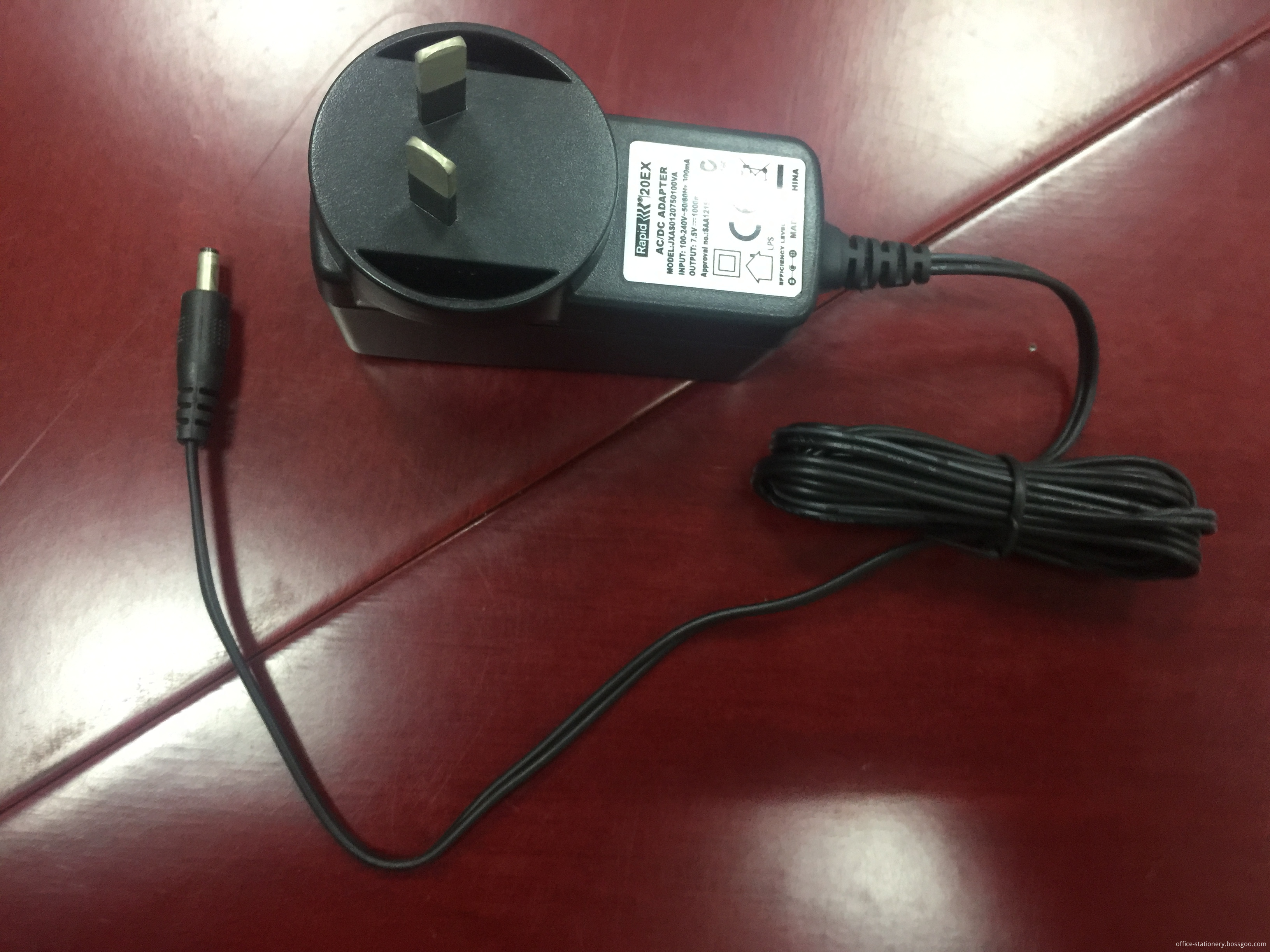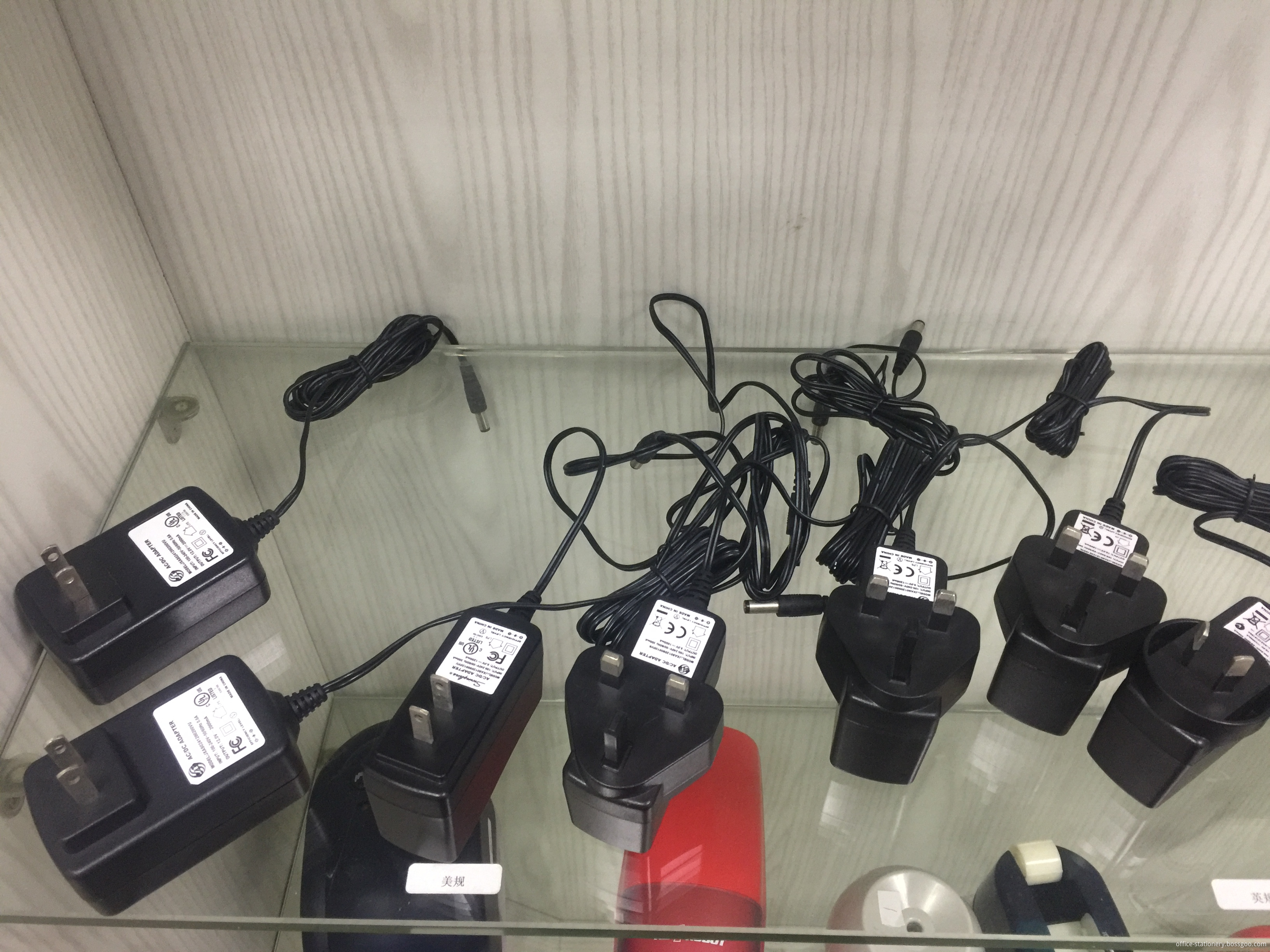Plate quality inspection is an important part of preventing production errors and printing quality accidents. Therefore, a series of inspections of the quality of printing plates before printing will be of great significance for improving the production efficiency and ensuring the printing quality.
First, check the size of the PS plate.
Since the diameters of the cylinders of various types of offset presses are not the same, the specifications of the plates are also different. Even for the same type of offset printing equipment, the printing plate should be different due to the printed product specifications and the different port sizes. Therefore, we must carefully check whether the position of the printing plate graphic is accurate or not in accordance with the product specifications, so as to avoid problems after the blind plate printing and to waste time and labor.
Second, check the plate layout cleanliness and flatness.
The examination of the cleanliness and flatness of the printing plate is mainly about the appearance of the front and back of the printing plate. Look at the front plate for dirty spots, hardened peritoneum, and other remaining impurities. Disregard abnormalities and deal with them in time. The back of the plate should also be carefully checked to see if any foreign matter has been caught. If there are hard foreign materials, it should be cleaned in time to avoid rolling the bad blanket. At the same time, the uniformity of the thickness of the printing plate should also be tested. That is, the thickness error of the four corners of the printing plate should not exceed ±0.05 mm. Otherwise, the pressure will inevitably be uneven. The uneven pressure can be compensated for by the pad plate. If it is found that there are obvious scratch marks, creases, cracks, and dents on the surface of the plate that cannot be remedied, the plate cannot be printed on the machine. Reprint the plate to ensure the printing quality.
Third, the plate color standard, color, line and test conditions to check.
In order to make it easy to identify whether the ink color of each color printing product is consistent with the sample draft, a small color scale should be printed on the appropriate position of each color printing plate, and the color color labels should be arranged on the bottom of the printing plate or the outside, and used for printing. The rules are relative to each other so that the "white pages", double sheets and reversed printed sheets can be checked more accurately. The purpose of checking the color of printing plates is to prevent errors in the prepress process. Typographic plates are generally marked with colors, but for the sake of caution, it is necessary to carefully check the colors of plates. The method is: According to the characteristics of the layout text and shades of the color to identify, because different images, its image structure and tone levels are not the same. It can be used to identify the locations where the hue contrast is large. Taking the scenery as an example, the leaves of the trees are deeper and the sky is also shaded with a cyan version. The leaves are deeper, while the lighter ones are the yellow version. You can also use the dots to identify the color version, that is, according to the process to develop the network point of view for identification. The inspection of the printing plates is mainly to see if the positions of the reticle and the corner line on the plate surface are accurately placed so as not to affect the quality of the finished product. The guideline is the basis for the overprinting of products and the cutting of finished products. The appropriateness of the position cannot be ignored. If the layout has a test strip for drying, check that the placement is accurate.
Fourth, check layout and tone levels.
During the inspection, the appearance of the dots observed with the high magnification magnifying glass should be smooth, clear, and free from burrs and defects on the edges of the dots. The shape of the dots cannot be oval or flat. The color of the outlets should be clearly defined in black and white, and the snacks should not be grayed out or have white spots. Otherwise, the sensory performance of outlets is poor. For the inspection of the plate-level hue, three different levels, high-key, mid-tone, and low-key, can be selected. Compared with the monochromatic proofs of the sample draft, when the dots on the printing plate are slightly smaller than those of the relative area, after the printing, due to various objective factors, the dot enlargement rate is allowed to be about 6%. If you find that the tiny point is missing, it means that the plate image is too light. If the white spots on the low-profile layout are confusing, and if 50% of the squares have too many corners, then the color of the printing plate graphic is too dark. The above conditions will affect the quality of printing, so it is necessary to take a serious look at the bottom plate, the printing operation, and the quality of the plate.
Fifth, check the layout text and lines.
Since the film is not properly finished or improperly printed, it is easy to dry out a defective quality plate. Therefore, it is necessary to check the layout text and lines. The text inspection mainly depends on whether there are missing pen strokes or missed words or missing punctuation marks. If problems are found, they can be corrected or remedial measures can be taken (plus reprinting) to ensure the printing quality. The inspection of the line depends on whether the layout line is intermittent, incomplete, multiple points, and the line thickness is consistent with the sample draft. If an overprint version of a fine product is to be printed, a reversed-color polyester sheet should be duplicated for inspections of similar products such as maps. If the printed graphic is a blue line, the standard map polyester with the same text and red lines is superimposed on it. When the lines on the map appear approximately dark, it indicates that the lines of the images and texts are in good condition. If a certain part is in a red state, it means that the layout is short of money; if there are blue lines or dots, it means that there are more points and lines.
In summary, conducting a series of quality inspections on the printing plates is a meticulous task. This technical and comprehensive work is performed patiently and seriously. It is necessary to faithfully reproduce originals and ensure the quality of printed products. The work efficiency and the maximum avoidance and reduction of the occurrence of waste defective products are very necessary, and the labor paid is worthwhile.
Source: China Design Printing Network
We are professional manufacturer for Power Supply and adaptor since 1993, Providing one-stop solution from design, R&D, Quality control, mass production, Export etc., our key partner are staples, Essetle, Acco and so on, Technology and production is best for you. License: ISO9001,ISO14001,Reach, Rohs, CE,UL,FCC,SEDEX.
Material: ABS
Color: many color for customized
Style: US VI level, AU SAA, EU CE and UK, 3C of China.


Power Adaptor, Led driving Power, Power AC Adaptor,Power Supply,Power Adapter
Ringsun Holding Ltd , http://www.ele-office.com